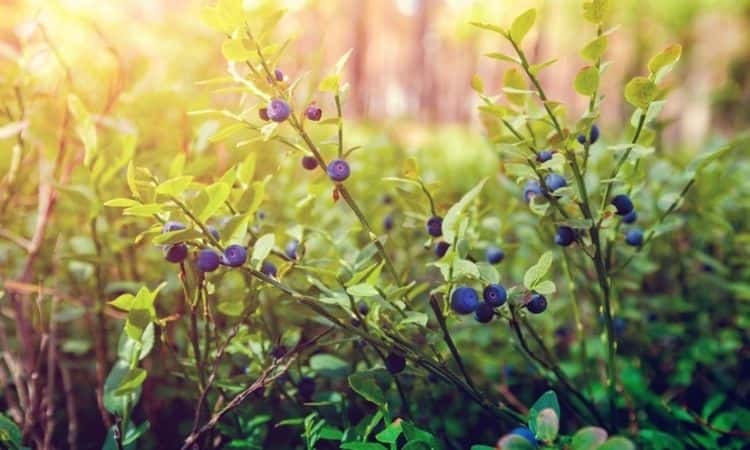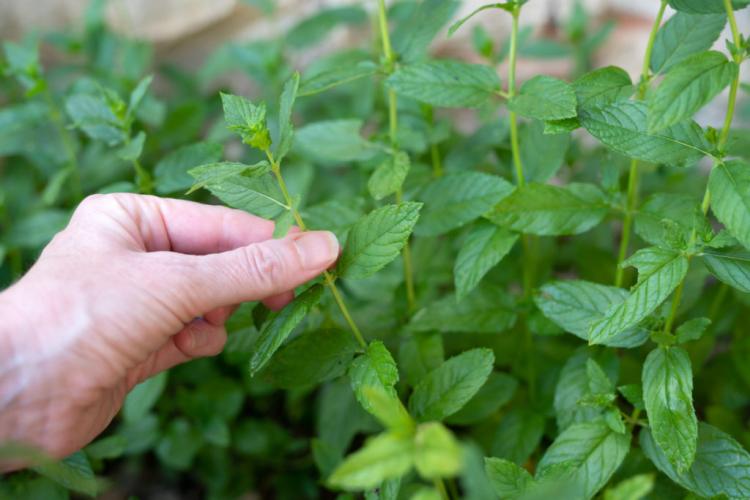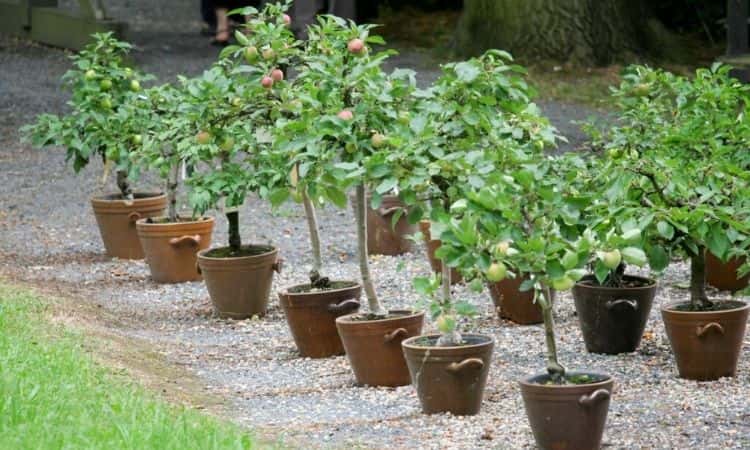35 The Best Varieties Of Blueberry For Your Garden
The varieties of blueberry are more diverse than one might think. We introduce you to the most aromatic and productive varieties. Blueberries (Vaccinium) – could only be collected with difficulty in the forest for a long time.
But since the cultivated blueberries, the delicious fruits can also be grown in your own garden. While the much more aromatic berries from the forest are still gladly collected, the crunchier cultivated blueberries are a good addition to the range of local summer fruits.
Blueberry varieties: origin and history
Table of Contents
Cultivated blueberries began at the beginning of the 20th century in North America, where the indigenous population was already gathering wild blueberries.
For this reason, many cultivated varieties come from the USA as well as Australia and New Zealand and are therefore not conditionally adapted to the Central European climate.
But even in this country, the cultivated blueberries are attracting more and more attention among plant breeders due to the increasing interest and the growing market.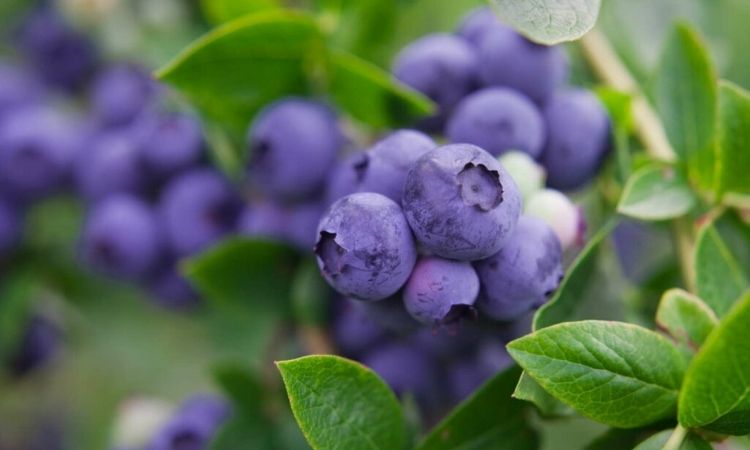
However, since the breeding and approval of a variety is a lengthy process, it will certainly take a few more years before a good selection of European varieties adapted to local conditions becomes established in the trade.
By the way, all cultivated blueberries (Vaccinum corybosum) are of North American origin and are not derived from the forest blueberries (Vaccinium myrtillus) native to Europe. In addition to their size and aroma, European forest blueberries and cultivated blueberries also differ in the color of the fruit flesh. While the former like to color their mouth, teeth, or even their hands with their dark pulp, the pulp of cultivated blueberries is light in color.
The best blueberry varieties
The following list starts with the early varieties, which ripen already at the end of June, and ends with the late varieties, which ripen in August and September.
Earliblue: very early ripening variety with medium-sized berries ripening already at the end of June; later ripening fruits are rather small; medium vigorous, upright growth; firm, tasty fruits.
Poppins: named after its crunchy bite (to pop); juicy, sweet-aromatic fruits; long ripening time; relatively robust.
Weymouth: High yielding variety with medium-sized, very firm, good tasting berries.
Bluetta: Compact, slow-growing plant with rather small, but tasty fruits; medium yield.
Chippewa: this variety has proved its worth in regions with harsher winters; fruits of medium size, aromatic, and very sweet when fully ripe.
Ivanhoe: medium size, medium-firm, very dark blueberries; good taste.
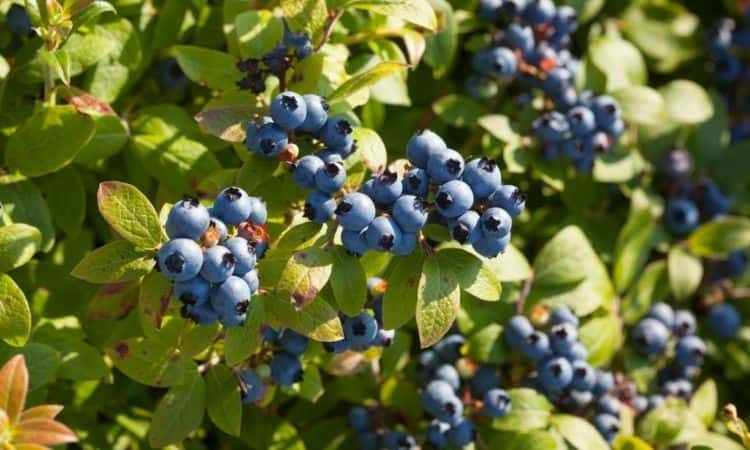
Reka: ripening at the beginning of July, very high-yielding variety from New Zealand; large, very firm berries with slightly sour, good taste.
Nui: High-yielding, New Zealand variety with very large, firm berries; not bad in taste, but not outstanding either.
Spartan: Early ripening variety with very large, exceptionally good fruit; berries are only moderately firm and therefore do not last as long; somewhat prone to disease.
Ama: Strong, robust variety with light pink flowers; firm, sweet-sour fruits; richly bearing.
Patriot: Medium-early (from mid-July) ripening variety with very large, firm berries; at the steep base, the good-tasting fruits are often reddish.
Puru: Robust, medium-yielding variety with large, firm berries; good, sweetish taste.
Top Hat: Grows only up to 50 cm high, ideal for planting on the balcony; dark, sweet-sour fruit.
Bluecrop: Despite its uneven ripening, a very common variety in commercial cultivation worldwide; relatively light-colored fruits; high yields of very large, moderately firm fruits with a good taste; strong formation of new shoots from the rootstock and broad growth.
Blueray: Related to ‘Bluecrop’; the slightly sour fruits are less aromatic than ‘Bluecrop’; large fruits; for optimal fertilization, this variety needs another variety in the surrounding area.
You might so like: Cherry Plum: Everything About The Rote Mirabelle
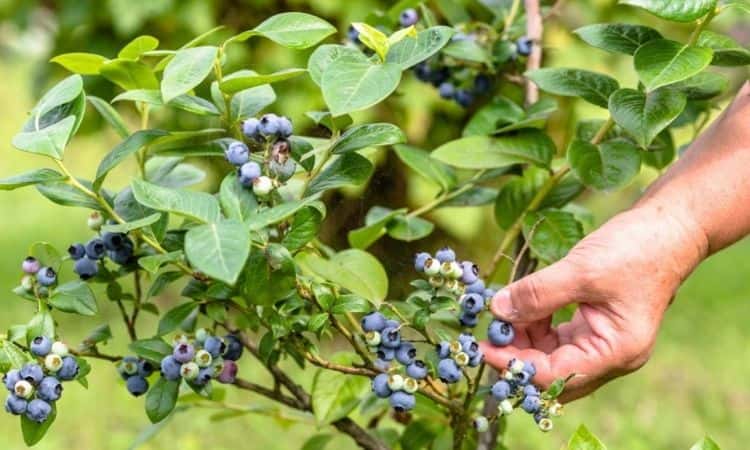
Denise Blue: Australian variety with large, firm, very tasty and aromatic fruits; medium yielding, but beautiful growing – therefore good for gardens that should also be visually beautiful.
Draper: Replaces more and more often ‘Bluecrop’ in commercial cultivation due to its extremely good shelf life and even ripening; medium to large, firm fruits with good taste.
Toro: Also a medium-early ripening, high-yielding variety; very large, firm fruits with a medium taste.
Berkeley: Medium-late to late-ripening (end of July to the beginning of August); large fruits, whose taste leaves a little to be desired; some berries are very soft; however, this variety grows very beautifully – therefore high ornamental value.
Duke: Very frost-hardy variety with dense growth; large, firm fruits with a very good, aromatic taste; very rich in fruit.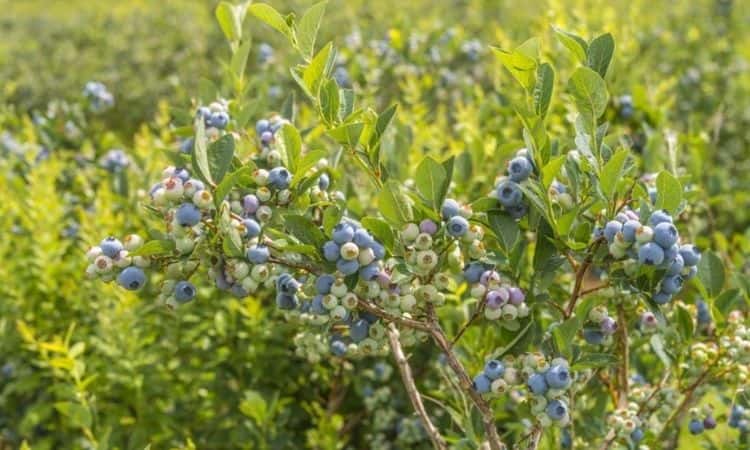
Hardyblue: Belongs to the varieties which are well fertilized and bear abundant fruit even without another variety; medium-sized, sweet-sour fruits; beautiful white-pink flowers; relatively high growing; robust.
Nelson: Absolutely mediocre variety; firmness and taste of the fruit are moderately pronounced; also the yield; large berries.
Coville: Moderate yield; large, firm fruit; berries taste good, slightly acidic, but not very aromatic.
Chandler: variety known for its large berries with a very long harvest time; sweet-sour taste; growth is not rather bushy like most varieties, but somewhat more upright.
Ozarkblue: This very rich bearing variety is characterized by its good heat tolerance; very tasty, large, and crunchy fruits.
Legacy: medium size, firm, very tasty fruits; medium yield; resistant to grey mold and anthracnose fruit rot.
Golden grape: Strong variety with very large fruits; taste aromatic and slightly acidic; fertilization is improved by another variety in the environment; robust and resistant to drought.
Jersey: Large fruity variety; strong bushy growth; dark blue, medium-firm fruit; aromatic, sweet taste; good resistance to cold and frost.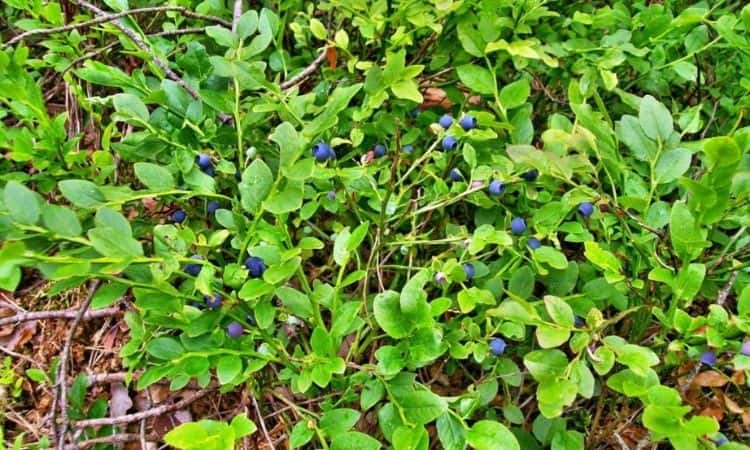
Blueroma: A – as the name already indicates – very aromatic variety; at the beginning of the harvest time very large, later somewhat smaller fruits; richly bearing.
Darrow: Late ripening (from about mid-August) variety with very large, firm fruits; very good, slightly acidic taste; large.
Liberty: medium size, very firm, very tasty fruit; easy to store, therefore popular in commercial fruit growing; to ensure rich fertilization, another late-ripening variety should be planted next to it.
Elisabeth: Moderately productive variety with very large, very firm fruits; taste moderately good; rather not suitable for cooler locations.
Lateblue: Also very late variety with medium-sized fruits; not very impressive in taste.
Elliot: Medium yielding variety with medium-sized, very firm fruits; good taste.
Aurora: relatively short ripening period; firm, tasty, sweet-sour fruits; medium to large berries; very hardy.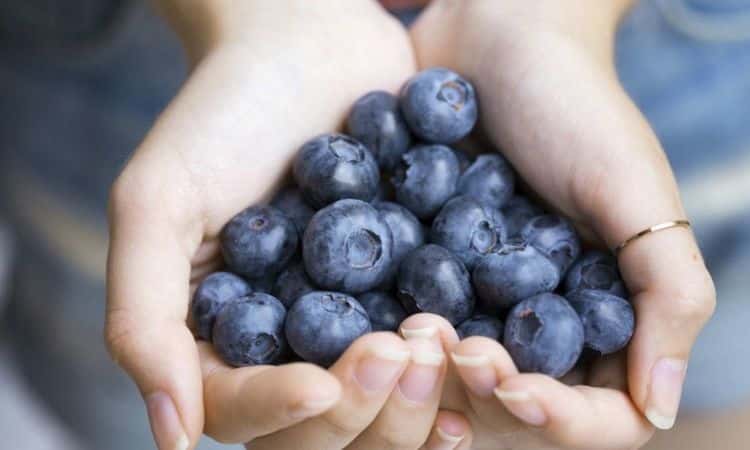
Forest blueberries: The wild blueberries
The wild blueberries are usually much smaller than the blueberries usually planted in the garden. Nevertheless, they usually taste very intense. In well-sorted nurseries, one can also acquire the wild forest blueberry native to Europe. However, certain varieties that have been specifically bred are not usually to be found. Instead, wild blueberries are simply traded under their botanical name Vaccinium myrtillus.
Three tips for growing and selecting the right blueberry variety
Finally, we have three tips for you to ensure that the purchase and cultivation of your blueberries are successful.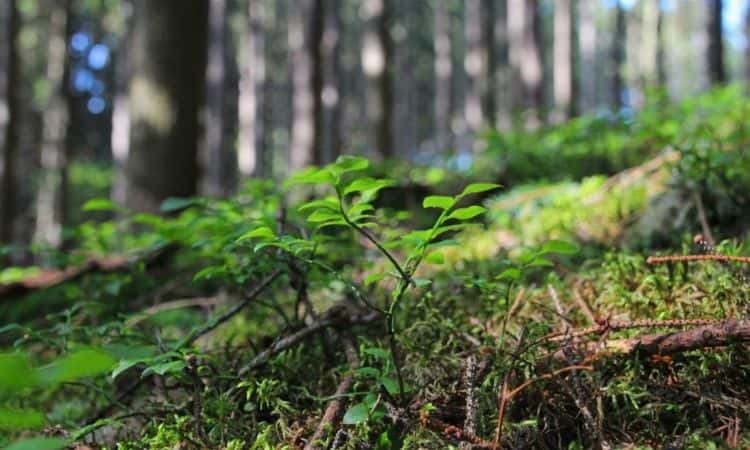
- Note that blueberries like acidic soil. They have become accustomed to this during their existence in the forest.
- We also recommend that you select different varieties when planting several blueberry bushes. With most blueberry varieties, this promotes fertilization and thus the yield. For a longer harvest period, one is inclined to combine early and late-ripening varieties.
- However, the plants must flower at the same time if they are to help each other with fertilization. Therefore, before buying several varieties, check whether the flowering occurs at the same time. When the first fruits finally start to ripen, you should consider that you may have to defend them from birds.
